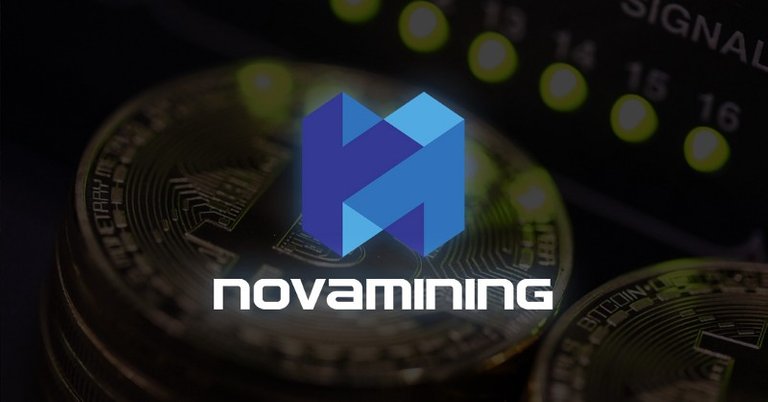
In order to prevent the destruction and bad organisation of Bitcoin Blockchain such miners have to achieve a consensus regarding the state of the copies of blockchain they store. There are various consensus algorithms that set rules which govern this process; Proof-of-Work (PoW) consensus algorithm is the most popular one. — It requires users to contribute their computational power by pending solutions to very hard mathematical problems: these contributors are referred to as miners. The higher share in Total Network Hashrate a miner has, the more powerful and influential it will be.
We will describe how an adversary can use his hashpower to disrupt the integrity of a PoW network with this particular kinds of Censorship Attacks, Pool Cannibalization and Block Withholding Attacks, as well as Selfish- and Stubborn-Mining and Eclipse Attacks.
Censorship Attacks allow an adversary to control who is allowed to make transactions in the network.
Pool Cannibalization and Block Withholding enable an attacker to earn abnormal profits at the expense of other miners in the network.
Selfish- and Stubborn-Mining attacks can be used to incentivise honest miners to join an adversary’s pool thus giving the adversary more hashpower, while Eclipse Attacks allow the attacker to increase his effective hashpower.
Historical Hashpower distribution is very important to understand the geographical power of mining companies. We examine how the concentration of hashpower can affect the price of a cryptocurrency. As we have seen, attackers with a large share of the total hashpower can execute double spending and censorship attacks, and there are many strategies such attackers can use to achieve higher hashpower.
To quantitatively measure the concentration of hashpower among Bitcoin miners, we consider the Herfindahl-Hirschman Index (HHI).
The HHI is calculated by taking the percent hashpower each mining pool controls, squaring the percentages, and adding them up.
For example, there are three mining-pools where the hashpower is distributed as follows:
Mining-Pool A has 60%;
Mining-Pool B has 30%;
Mining-Pool C has 10%.
The HHI it will be calculated by doing: 60² + 30² + 10² = 4600
We have seen some of the highest HHI around January and June 2014. This corresponds to the controversial period in which the GHash.IO pool reached 51% control of the Bitcoin network (2014) for a period of about 12 hours. Remember that this is a tremendously dangerous situation for Bitcoin community, as the majority of hashpower allows censorship and double-expense attacks.
When the hashpower of GHash.IO reached high levels, Bitcoin community encouraged each other to leave the pool to prevent the possibility of 51% attacks. The proportion of hashpower in the pool has declined dramatically, shutting down towards the end of 2016. It is interesting to note that the price rises during this period, although we may expect investors to invest prudently when a potentially dangerous event occurs.
In the first months of 2016 we also see a relatively high concentration of hashpower, particularly between the AntPool and F2Pool pools. Both of these groups are managed by China and everyone has been involved in some controversy. Miners who contributed to AntPool complained in 2017 that pool managers were taking large commissions from miners. F2Pool, which also controlled more than 25% of the Ethereum mining hashpower, has faced the boycott requests from the Ethereum community for its policies.
An event that roughly coincides with a big downtrend in the concentration of hashpower from April 2016 to April 2017 is halving the block reward. By design, Bitcoin has a net supply of 21 million coins. This aims to ensure a constant steady increase in the Bitcoin’s purchasing power. To gradually reduce the growth of Bitcoin offer every four years, the number of coins a miner gets for mining a block is halved. The latter occurred on July 9th 2016, we have noticed that the downward trend in hashpower can not be attributed solely to this event.
We might expect that a higher Bitcoin price encourages more people to install computers for mining. On the other hand, it may make sense to say that price volatility is related to hashpower concentration, since higher concentration means a greater risk that a majority group will gain control of the network. However, it remains to be quantitatively analyzed how the community reacts to the high concentration of hashpower.
With the increase in Bitcoin’s popularity, we have seen an increasing number of hashpower dedicated to mining activities on the Bitcoin network, from tens of GigaHash / Sec (GH/s) in 2010 to more than ten ExaHash / Sec (EH/s) today — an increase of one billion times in seven years. During that time, many different attack vectors against the Bitcoin network and PoW cryptocurrencies in general were hypothesized.
Over time as cryptocurrencies have become profitable for mining, we have seen a reduction in the percentage of hashpower controlled by a single pool. However, as of August 2017, an organization that operates multiple mining pools controls about 29% of the Bitcoin hashpower.
Miners have a vested interest in the stability of the Bitcoin network, which depends in part on the community’s trust in the network. If participants in the Bitcoin network think that leading miners will violate the protocol, they may decide to use alternative cryptocurrencies and abandon Bitcoin altogether. This would mean devaluing Bitcoin, injuring the miners who invested in the mining hardware.
A potential cause for concern is the geographical concentration of hashpower. A government interested in controlling the network could be more inclined to accept a devaluation in Bitcoin than companies that manage mining pools. The hashpower is geographically concentrated, with a huge amount of established network hashpower in China, partly due to the low cost energy costs that enable mining hardware manufacturers to create massive data centers for the mining industry.
LIKE OUR FACEBOOK PAGE:
https://www.facebook.com/novamining.io
NOVAMINING INTERNATIONAL (ONLY ENGLISH)
https://t.me/novamininginternational
Hi! I am a robot. I just upvoted you! I found similar content that readers might be interested in:
https://medium.com/novamining/the-rush-for-the-hashpower-408f642cac6a